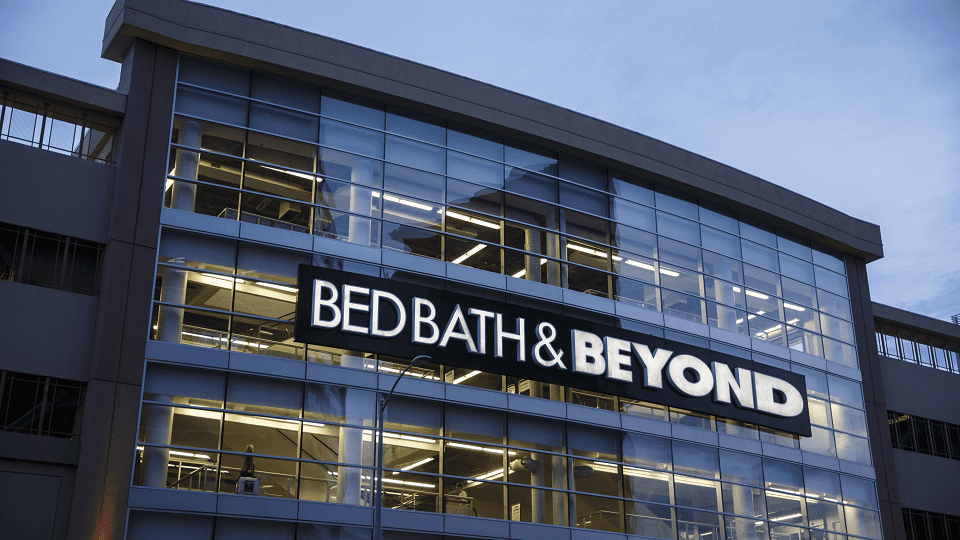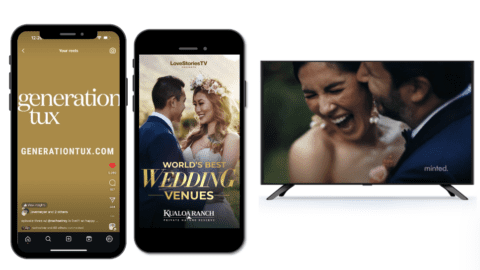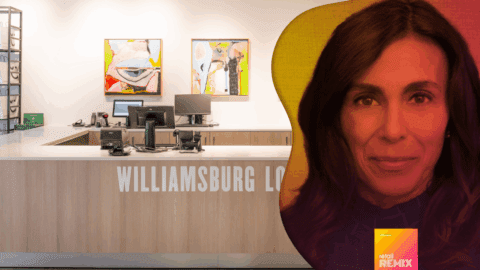When a retailer fails, it’s often tempting to blame the most recent set of executives and the actions they took, or didn’t take, that hastened the company’s demise. What went wrong? Why couldn’t they fix it?
Of course, it’s never quite as simple as identifying some short-sighted decisions made when the Titanic had already hit the iceberg. In many instances, declines occur because consumer shopping patterns shift over time. For example, malls were the hottest thing in retail for decades — until ecommerce behemoths like Amazon began eroding malls’ implicit promise of being the everything store (or stores). Blockbuster Video was a retailing juggernaut until the media landscape expanded and splintered: Netflix began sending DVDs by mail, must-see fare on premium cable channels became more common, and eventually the whole streaming lollapalooza took away its raison d’etre.
In the case of Bed Bath & Beyond (BB&B), what had been positive points of differentiation in the retailer’s heyday became progressively less unique — and some even turned into negatives. That’s the observation of Ellis Verdi, Founder and President of advertising agency DeVito/Verdi. Verdi brings a perspective shaped by his experiences creating witty campaigns for off-price retailers such as Daffy’s and Stein Mart. He identified some of the wrong turns taken by BB&B over the years that eventually led the company to a dead end (although reportedly some buyers are interested in the retailer’s BuyBuy Baby division).
Retail TouchPoints (RTP): Before we talk about BB&B’s eventual failure, what made the retailer a success in the first place?
Ellis Verdi: Bed Bath & Beyond was a category killer [a large store specializing in a particular type of discounted merchandise], and the benefits of being a category killer is that it became the first place to think about for home products. Those were the days when “stack ‘em high, watch ‘em fly” was a retailing mantra, and [BB&B] offered clarity as to what they had stacked up. [The retailer opened its first store, named Bed ‘n Bath, in Springfield, N.J. in 1971.] When that happens, a retailer becomes the consumer’s choice, or at least one of the top choices. BB&B captured share because it was a unique proposition in those days.
They promoted value on home goods, and consumers also thought “They probably have the stuff I want.” If consumers have a perception of value, and then you offer them a 20% off coupon on top of that, that’s home-run material. It’s a gift because they’re immediately excited about the value being offered.
RTP: What were, or became, the retailer’s weak points?
Verdi: In its early days, advertising was anathema to BB&B. Its executives never felt that the brand needed it, and they didn’t feel comfortable spending the money for it. But that wasn’t a problem, because the 20% off coupon was [a good promotional tool] and became a famous way of promoting the retailer.
Another weakness from the get-go, but one that was never very visible, is that at BB&B, you weren’t dealing with a truly branded environment. For example, at category killers like T.J. Maxx, there are big-box stores filled with brands that you, the consumer, knows and that are meaningful to you, and they are sold inexpensively there. But how many times have you looked for a brand-name pillow or sheet? You’re probably looking for a specific thread count [versus a brand name product].
RTP: T.J. Maxx and stores like it also rely on creating a “treasure hunt” atmosphere that encourages customers to shop there more often. But it sounds like that’s a more appealing strategy when you’re talking about apparel and accessories versus things you need for your home.
Verdi: It’s true. How many times do you feel the need to spruce up your bathroom on a whim? These are embedded weaknesses of the concept that became far more important in a highly competitive environment.
RTP: In recent years, BB&B began emphasizing private label brands, but that doesn’t seem to have produced the results the company was seeking. Why do you think that is?
Verdi: In its anti-advertising environment, the brands were never promoted, and there was no strong customer concept unless you actually walked into the store. Having private label products on their own doesn’t create uniqueness, it just creates less expensive product, which makes your entire department revenue drop.
Contrast them with Target, which has done such a good job with private label and has become famous for creating these brands. They sourced the stuff very uniquely, finding people who were creating stuff in their basements and saying “We’ll put you in business.” That’s a true private label and owned brand experience.
RTP: Given consumers’ worries about inflation and even a possible recession, is this a good time to be an off-price retailer?
Verdi: It’s a very good environment for off-price retailing. Century 21, which is far closer to being a true off-price retailer, is reopening in New York City. And I think price will be the “draw” for Q4 if we’re in the same economy I think we’re going to be in. Retailers like Walmart, Target and T.J. Maxx don’t have to communicate their value via a “soft sell” of the brand name — it’s already assumed [by consumers]. A good message from these retailers would be “We have the brands you want, and they’re at the price you want. Don’t go to a department store or a name brand store and pay through the nose.”
Off-price’s strength is when every other retailer feels expensive; by definition, it’s competitive and even comparative. But it’s a bigger challenge in a high-low pricing environment, because then price becomes the whole value proposition. If you don’t communicate a sense of quality like off-price retailers do, unfortunately consumers associate that with “cheap” and not with “value.” [The high-low retailer] could have some quality goods, but it’s not the perception. You’ll get customers who are just price-sensitive, who don’t want to seek out the high-quality items.















